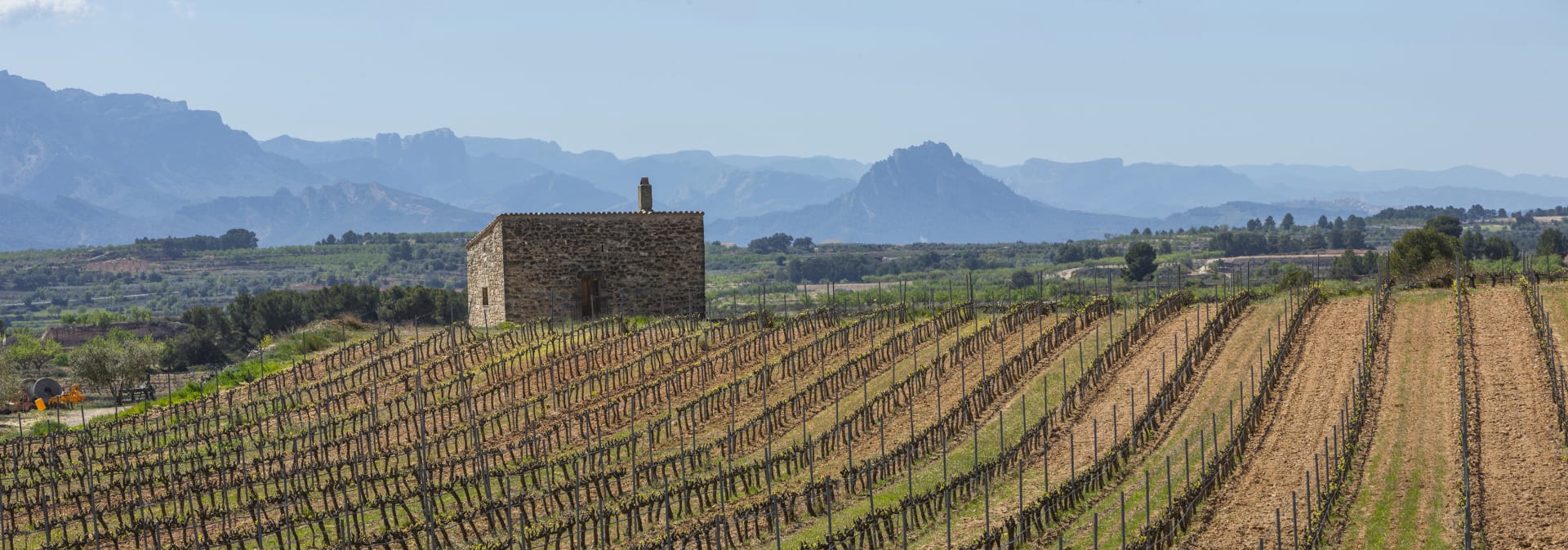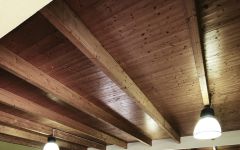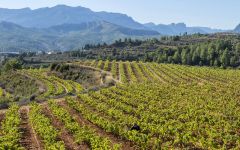Bodegas Edetaria Via Terra Rosat 2020



Product Details
Your Rating
Somm Note
Winemaker Notes
Other Vintages
2021-
James
Suckling









Edetària produces authentic wines with indigenous grapes, searching the purest soil expression, and restoring old vines value thanks to organic winemaking South of Barcelona in Gandesa DO Terra Alta.
Joan Àngel Lliberia, Edetària’s heart and soul, started Edetària’s adventure after studying Agricultural Engineering studies in Lleida and taking a Master of Science in Wine Management at OIV (Office International de la Vigne et du vin); his first wine management professional steps took place in several wine companies in France; then he moved back to Catalunya, where he continued his career in the wine sector and later on multinational corporations.
It was his childhood lived amongst a universe of vineyards, grapes, cellars and his passion for wine what called him back to his origins to set up Edetària. A dream come true, a homage to his grandfather Llorens -oenologist- and his parents Pepita and Angel -viticulturers-, making true terroir wines out of his family vineyards in a genuine style.
Wine belongs to a land and its main aim is displaying the expression of soil, climate and a way of being. Thus Edetària is fully committed to respect nature and sustainable practices in search of Terra Alta genuineness.
Wine is also a reflection of the mind thinking it, the person designing it and the hands that shape it. Edetària makes wines with its own personality, out of deep terroir knowledge and strict winemaking, but also allowing room to inspiration, and experiment freely for the sake of creativeness.

Whether it’s playful and fun or savory and serious, most rosé today is not your grandmother’s White Zinfandel, though that category remains strong. Pink wine has recently become quite trendy, and this time around it’s commonly quite dry. Since the pigment in red wines comes from keeping fermenting juice in contact with the grape skins for an extended period, it follows that a pink wine can be made using just a brief period of skin contact—usually just a couple of days. The resulting color depends on grape variety and winemaking style, ranging from pale salmon to deep magenta.

The highest wine growing zone in Spanish Cataluña, Terra Alta is south of Priorat and Montsant. Here growers are following the trends of Priorat, recovering Garnacha blanca vines for white wines and focusing on quality red blends.
